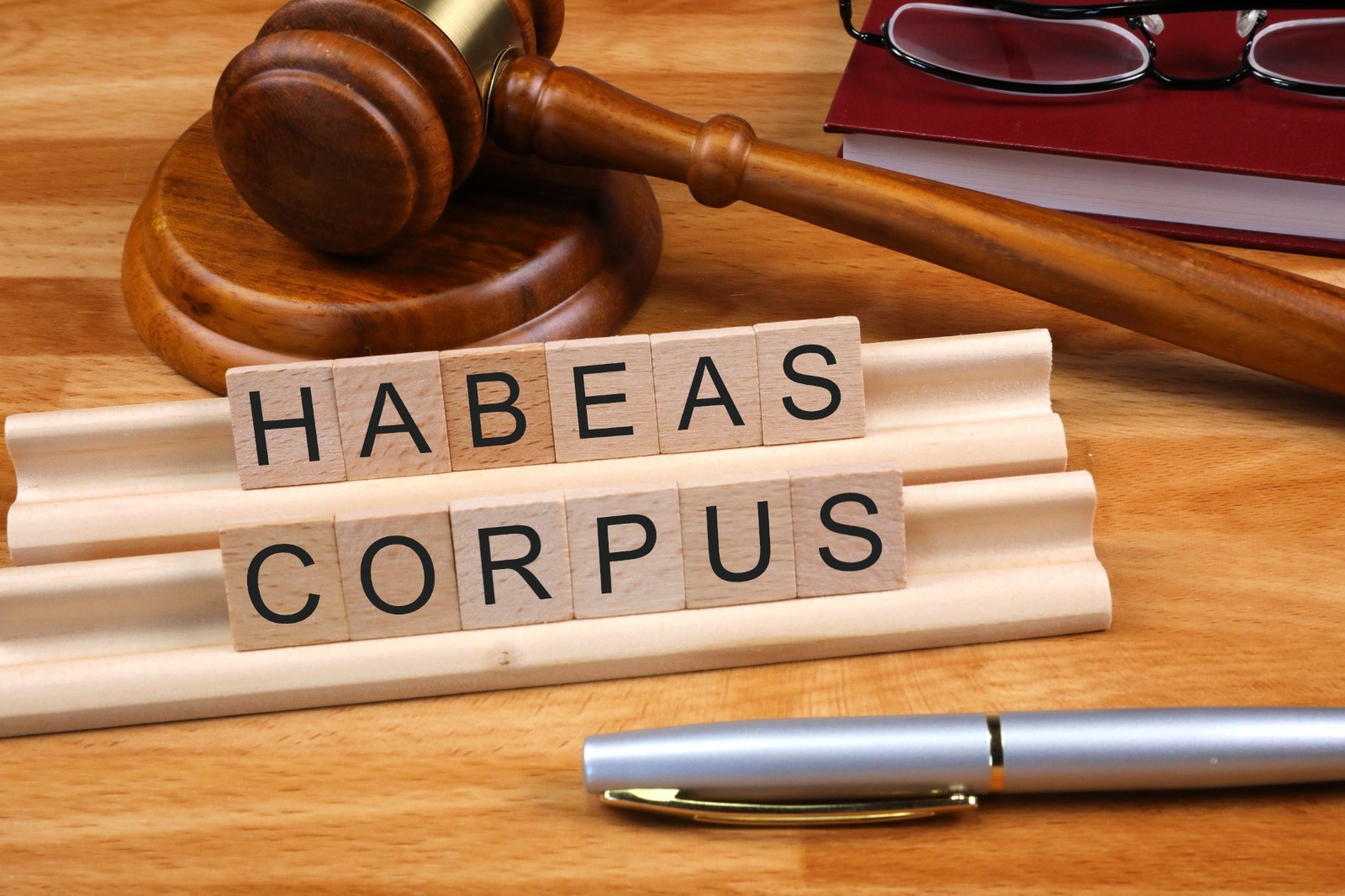B.N.R. Singh, J.@mdashAt the very outset, when hearing of these cases commenced, learned counsel for petitioners drew my attention to some observations made by the appellate Court from which it would appear that in Cr. Appeal No. 144 of 1986 neither the appellant nor counsel for him had appeared at the time of hearing, and the appeal was disposed of on perusal of record by the appellate Court, and to my notice, two decisions of the Apex Court have been brought by the learned counsel for the petitioners which are reported in
2. Learned counsel for the petitioners, while assailing verdict of guilt recorded by appellate Court, which affirmed the finding of the Sourt below, convicting petitioners u/s 379/34 and section 411/ 34 IPC sentencing them to suffer rigorous imprisonment for a term of three years on first count alone, has urged that though a number of witnesses were examined by the State at trial, there has been no clinching evidence about identification of the petitioners in the process of fleeing, after removal of rifle from custody of Police personnels. Since a good number of witnesses have either been tendered or were formal, instead of dilating on the evidence of these witnesses, I may begin exercise with analysis of evidence of Bhuvaneshwar Prasad Singh (P.W. 3) who was the maker of fardbeyan. Factual matrix appearing from the fardbeyan of P.W. 3 and also narratives made by the witnesses was that while Police personnel were going to assist officials for realisation of Govt. loan, and had stayed for a while at Agapur chowk, two persons came from behind and abruptly removed a rifle from their possession, pursuant to which they were chased. The Police personnels took recourse to firing and it was alleged that Indrabali Ishwar, who allegedly carried a rifle with him, having suffered gun shot injuries, dropped the rifle and made good his escape in the village. About Binod Singh, the other petitioner, accusation attributed to him was that he too had accompanied Indrabali Ishwar. P.W. 3 would make candid admission that he could not see face of the person who removed rifle from their custody made good his escape, and dropped the rifle and made good his escape but he could not know the name of the person who dropped the rifle and made good his escape. It was only dafadar and chowkidar who could tell their names. Even at the stage of trial, this witness did not claim to identify the petitioners in dock.
3. Similar infirmity has crept in evidence of Ram Pravesh Sada (P.W. 4) who too happened to be a Homeguard personnel. Though this witness did not claim to have either known or identified petitioners by name, while they were making good escape with stolen rifle, at trial claimed to have identified petitioners in dock. He too stated to have learnt name of the petitioners from dafadar and chowkidar. Though this witness claimed to have identified the petitioners in the dock, significant issue was that he did not claim their identification when they were being chased by them and once acknowledgment made by the witness about having learnt their names from chowkidar and dafadar is accepted, his claim of identification of the petitioners would be rendered to nugatory. Similar was the case with Bishundeo Rajak (P.W. 4) who too was a Homeguard personnel. This witness neither claimed to have identified petitioners in dock nor on his own saying, he was ever examined by the Police. Though he claimed to have noticed petitioners fleeing, pursuant to which they were chased, he admits to have learnt their names only from chowkidar and dafadar.
4. Now adverting to the evidence of dafadar, namely, Mathura Prasad Singh (P.W. 9), though he claims to have noticed petitioners fleeing he did not take responsibility of disclosing their names to constables as he was stated by the latter in their evidences. This witness would rather state that it was the Police personnels through whom he came to know names of indrabali Ishwar and also that of Binod Kumar, who had accompanied him. This witness too did not claim to identify petitioners in dock of the Court. Now, prosecution is left with the evidence of Bhagwat Sao (P.W. 8) who claimed to have identified the petitioners while they were being chased by the Police personnels and also when they were in the dock during trial.
5. Apart from these infirmities about identification of the petitioners, for which there had been incredible evidence, there are yet other circumstances which cannot remain unnoticed. A number of shops situate around the tea shop wherefrom the petitioners were suggested to have removed rifle from custody of the Police personnels, and admittedly, none of them had been examined by the State and there has been variation in statement of witnesses also about those who chased the petitioners, pursuant to removal of rifle from custody of the Police personnels by them. If P.W. 4 was considered to be credible, while chowkidar and dafadar had chased petitioners, they were not chased by public. P.W. 5 states that the petitioners were not chased by chowkidar and dafadar, and if P.W. 9 is to be given any credence, among public who chased the petitioners, were Rambadan, Sugarath, Maheshwar, Bhagwat and Lakhan and it need not be reiterated that none of them were examined by the State. Yet, there are other infirmities which make the prosecution case improbable. Though one of the petitioners, Indrabali Ishwar was suggested to have dropped the rifle, pursuant to sustaining gun shot injuries, it is urged that no evidence was ever brought on the record which can persuade the Court to believe the prosecution case about Indrabali having suffered gun shot injuries and that apart, even though the rifle dropped by him was shown to have been taken into custody by Police personnels, admittedly there has been no production list on the record. Though a different defence version was sought to be pitted against the prosecution case that after a wordy dual commenced between the petitioners and Police personnel, after they had taken today, the Police personnel took recourse to firing causing fatal injury to the mother of indrabali Ishwar, but admittedly barring these suggestions, no evidence was brought on behalf of the petitioners. Be that as it may, infirmity of the defence of the petitioners would not overweigh infirmity in the prosecution version that has crept as noticed in the testimony of witnesses. Though it is also urged at Bar that the petitioners have remained in custody for some period and also that they have suffered ordeal of protracted prosecution for about 26 years, regard being had to the inconsistencies and also infirmities that has crept in the evidence of witnesses about identification of the petitioners and also other ancilliary matters, I being not oblivious that there has been concurrent finding of both the Courts below, and both revisions were admitted for hearing on sentence only, hold that the finding of guilt as that of sentence recorded by Court below was against weight of mass of evidence which is unsustainable and is accordingly set aside and the petitioners are acquitted of the charges levelled against them. They are also discharged from the liability of ball bonds. Both the applications accordingly succeed.

